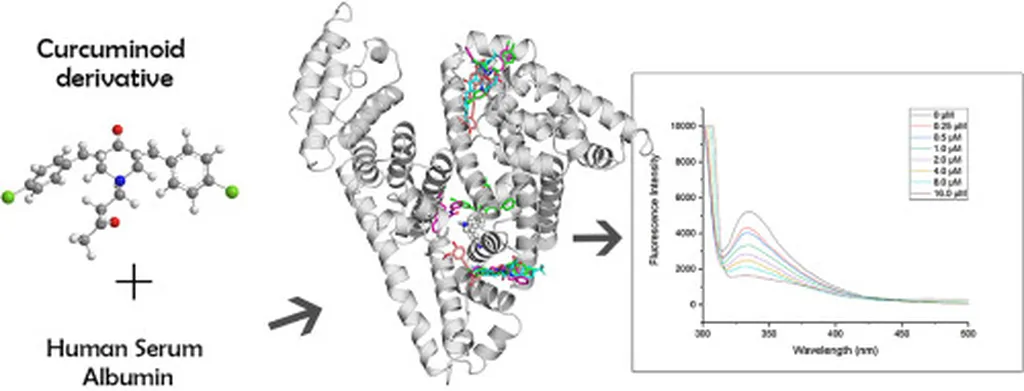In the world of medical diagnostics and treatments, precision is paramount. A recent study published in *ACS Omega* (which translates to *ACS All Chemistry* in English) has taken a deep dive into the nuances of human serum albumin (HSA) preparations, shedding light on the subtle yet significant variations among commercially available products. This investigation, led by Rita Jakabfi-Csepregi from the Department of Laboratory Medicine at the University of Pécs in Hungary, could have far-reaching implications for the medical and biotechnology industries, including the energy sector’s growing interest in bio-based materials.
Human serum albumin is a crucial protein in blood plasma, often used in medical and research applications. Its stability, solubility, and binding properties make it indispensable in various diagnostic and therapeutic contexts. However, not all HSA preparations are created equal. Jakabfi-Csepregi and her team set out to explore the similarities and differences among ten commercially available HSA products, aiming to understand how these variations might impact their performance and applications.
The study employed a range of analytical techniques to compare the HSA preparations, including electrophoresis, spectroscopy, and mass spectrometry. These methods allowed the researchers to delve into the molecular characteristics of each preparation, revealing subtle differences in purity, stability, and functional properties. “We found that while all preparations met the basic criteria for HSA, there were notable variations in their molecular profiles,” Jakabfi-Csepregi explained. “These differences could influence their suitability for specific applications, from diagnostic assays to therapeutic interventions.”
One of the key findings of the study was the variation in the stability of the HSA preparations under different conditions. Some preparations were more prone to degradation or aggregation, which could affect their efficacy and safety in medical applications. “Stability is a critical factor in the performance of HSA preparations,” Jakabfi-Csepregi noted. “Our findings highlight the importance of careful selection and quality control in the use of these products.”
The implications of this research extend beyond the medical field. The energy sector, particularly in the development of bio-based materials and energy storage solutions, is increasingly exploring the use of proteins like HSA. Understanding the variations in these preparations could pave the way for more effective and reliable bio-based technologies. “The energy sector is looking for stable and efficient bio-based materials,” Jakabfi-Csepregi said. “Our study provides a foundation for selecting the most suitable HSA preparations for these applications.”
This investigation not only underscores the importance of quality control in the production of HSA preparations but also opens up new avenues for research and development. As the medical and biotechnology industries continue to evolve, the insights gained from this study could shape the future of diagnostic and therapeutic applications, as well as the development of innovative bio-based technologies in the energy sector. With the publication of this research in *ACS Omega*, the scientific community now has a valuable resource to guide the selection and use of HSA preparations, ensuring better outcomes in both medical and industrial applications.

